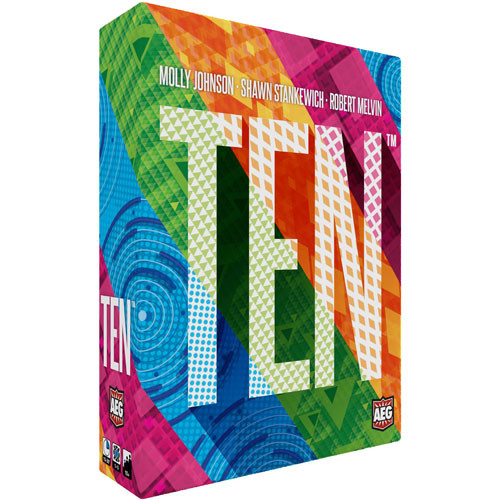I had a short run through Chicago last week, with some disappointing scouting looks at a trio of high school players, but I managed to hit a couple of spots on my wishlist, and found a great local diner out in the suburbs.
Robert’s Pizza & Dough Company is located downtown, right by the Navy Pier, and appeared on this list of the 50 best pizzerias in the United States, compiled by an Italian outfit and skewed towards Neapolitan-style pizzas. Robert’s isn’t Neapolitan, though – it’s thin-crust, but crispier rather than doughy, without the wet center, and damn is it good, about as perfect a marriage as you’ll find between Neapolitan and New York-style pizzas. Robert is Robert Garvey, who chatted with a number of customers and explained to me that the dough was the result of years of experimenting in his home oven, so it’s really not any style but his own. I’d read on that same Italian site that they loved the sausage topping; it’s made in house and has a strong fennel flavor, and paired well with mushrooms (my favorite make-your-own toppings). The pizza was about $30, but really could have fed two people; I ate maybe ¾ of it, mostly because I knew I wasn’t going to eat for seven hours or so afterwards. It would definitely make my top pizzerias list, somewhere in the top half.
I didn’t love Rose Mary when I tried it last year, although it’s widely acclaimed and a few of you said you loved it, but I read that Chef Joe Flamm had opened a second place, Il Carciofo, featuring the cuisine of Rome, and managed to slip in there when the player I went to see on Tuesday was pulled after one at bat (I think because his team was already up 6-0). The best dish I had was the gnocchetti, which my server said was brand-new to the menu; despite the name, these were typical gnocchi (not small ones), with morels, asparagus, and Vacche Rossa Fonduta, the historical precursor to Parmiggiano-Reggiano. The gnocchi had just a little chew to them, while the sauce that formed around and from the other ingredients was a salty umami explosion. I also loved the fried artichoke – “carciofo” is Italian for artichoke – which was surprisingly light and delicate in texture. The filetti di baccalà, fried chunks of salt cod, came in a tempura-like coating, but were greasy, and the dessert I tried, maritozzi, sweet bread filled with whipped cream, had almost no flavor at all. (They often have a coating of crushed pistachios or chocolate to give them some kind of kick; this one didn’t.) I tried one cocktail, staying on theme with The Art of Choke, a combination of Cynar (an artichoke-based amaro), green Chartreuse, Flor de Caña rum, and mint, which was just a little sweet with a heavy herbal-vegetable undertone.
I tried Chicago tavern-style pizza for the first time, picking up a pie from Frank’s on Belmont Avenue to bring to a friend’s house for an impromptu game night. (He taught me Tiletum, which I liked, and we played 1987 Channel Tunnel, which I loved, and which finally got off my Shelf of Shame.) As much as I rag on Chicago pizza because I don’t like deep dish, I’m a fan of tavern-style pizza – it’s not too far apart from the Brooklyn coal-fired crust, crispy with enough structure to hold its shape when you pick up a square, and it practically screams for a cold beer.
I stayed out near O’Hare because it saved a ton of money, and happened on the Lake St Cafe, a fairly new diner in Addison that’s family owned, and serves huge portions for breakfast and lunch. I went there twice, the second day getting the veggie omelet, which was enormous. The menu says three eggs, but those had to be ostrich eggs or something. Anyway, it was one of the best diner omelettes I’ve had … maybe ever? They’re clearly using good eggs, and it had plenty of feta to give it some saltiness and acidity. The breakfast potatoes, however, had clearly been sitting for a while and were unchewable. The day before, I tried their chilaquiles, which came with a delicious, mildly spicy green salsa, but had what seemed like half a party-sized bag’s worth of tortilla chips, so after I ate the eggs (correctly cooked over medium, always a sign someone’s cooking things to order) and the chips with cheese on them, I had still had a giant plate of soggy chips in front of me. They may still be fine-tuning some recipes, but the foundation is good.
Maybe five minutes away is one of the locations for Brewpoint, a coffee roaster with a huge space in Elmhurst that is perfect for sitting to work for an hour or two. Their spring blend, The Botanist, is a little darker of a roast than I like, but if you like a medium roast it’s quite good. At Jack Bauer’s game, Caleb from Connect Roasters came by to watch the local flamethrower with me (I didn’t see the triple digits, unfortunately), and he brought me a cup of Guatemala La Colina that I desperately needed at that point; like most of the Guatemalan beans I’ve tried, it has cocoa notes with some small berries like raspberry.
And near Brewpoint in Elmhurst is a little sandwich shop called Zenwich, where I tried the fried shrimp sandwich with garlic, arugula, cilantro, and spicy mayo. It was sort of like a po’ boy by way of Vietnamese cuisine, and the shrimp had clearly just been cooked – and they were perfectly done, squeaking past the line between undercooked and done.
